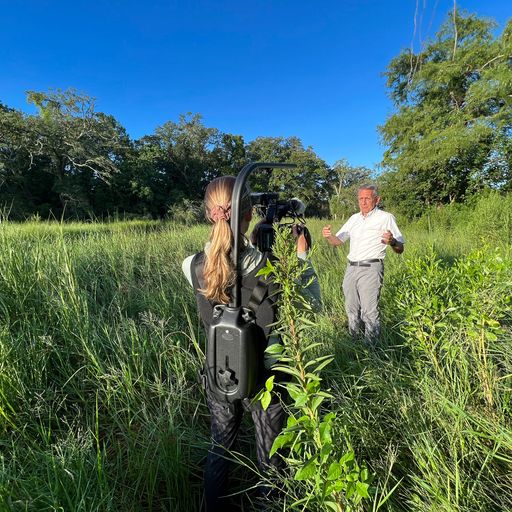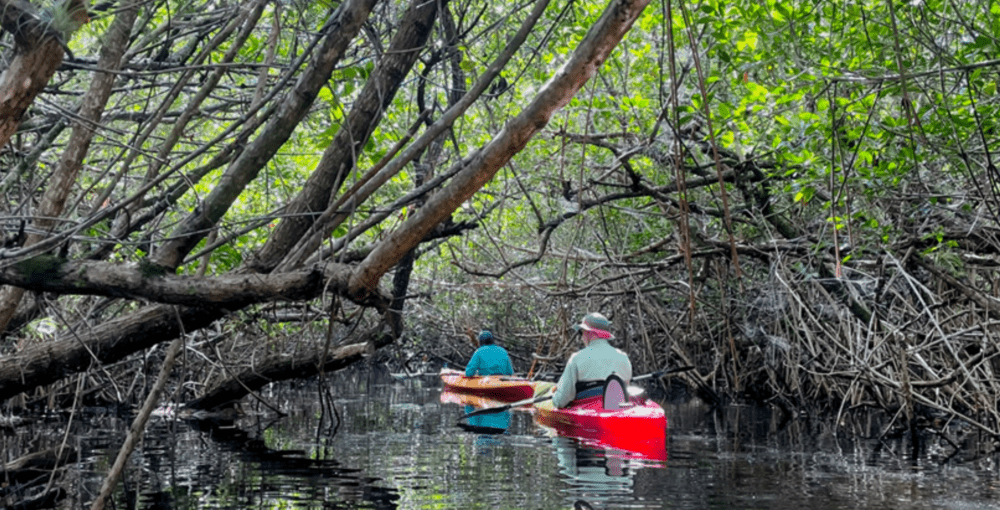We have much more to do and your continued support is needed now more than ever.
Moving Past the Low-hanging Fruit at University of Missouri
One of our Chill Out! competition winners, the University of Missouri, has accomplished the admiral task of reducing their energy use by 19% per square foot since 1990, while still expanding the campus space by 60%. While this means that energy usage has still risen in the past 18 years (from 2.04 million MMBTUs to 2.66 million MMBTUs), the university estimates that its $14 million investments have returned about $28 million, providing more funds that can be funneled towards further improvements.
A recent article in the Columbia Tribune details many of the strategies they used to save energy, including high-efficiency building standards, adding biomass (corn cobs and waste wood chips) to the campus coal-fired power plant, installing motion sensors to control heating and lighting, and replacing windows.
Although the article simply skimmed over this quote from Jay Hasheider, energy management specialist at Columbia Water and Light, I want to emphasize it: "It’s very hard to achieve those reductions. It’s not just one thing; you have to work on several different fronts
to get the overall building consumption down, and it gets harder and
harder." Hasheider goes on to explain that as time passes, the investment needed tends to rise, because you’ve already taken advantage of low-hanging fruit.
Plus, as many universities are finding, once you’ve achieved the "quick wins" from efficiency upgrades, you run into a whole new set of problems, like the fact that your college might take the money you’ve saved in energy costs and give it to other departments, rather than keeping it in a revolving fund for further improvements or renewable energy purchases. Campus expansion is also a factor, as at MU. The university’s total energy consumption has risen with its population, even as it becomes more efficient.
I’ve heard a number of different solutions to this problem, ranging from capping enrollment to purchasing carbon offsets, none of which is any kind of perfect or long-term solution. What is your college doing? Are you still on the easy and (relatively) inexpensive improvements? Or are you, like Mizzou, reaching the point where your carbon footprint is getting harder to downsize?




















